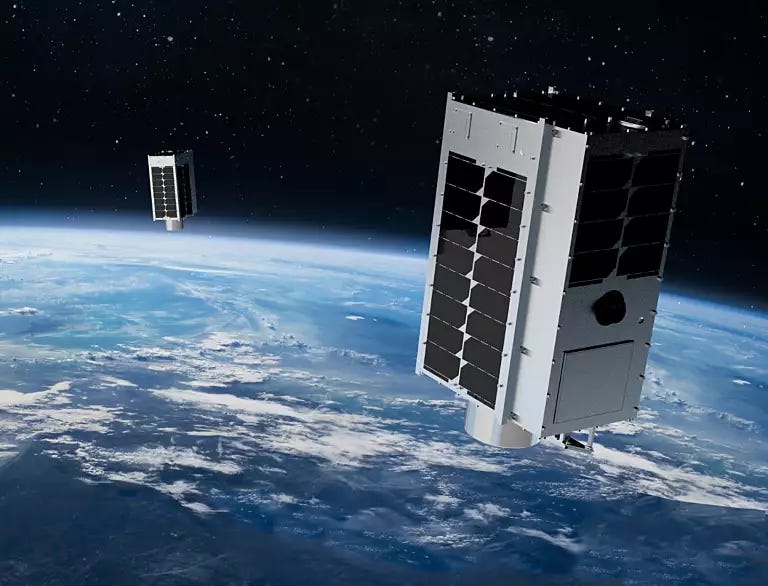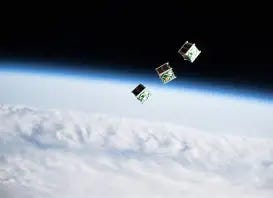The small satellite industry stands at a critical inflection point. With global market valuations ranging from $11.41 billion in 2024 projected to reach $19.67 billion by 2032 according to Fortune Business Insights, demand for SmallSats has never been higher. Yet beneath these promising projections lies a fundamental challenge that threatens to constrain the industry's explosive growth: production bottlenecks that limit manufacturers' ability to scale from factory floor to orbital deployment.
The mathematics are stark. While launch capacity has expanded dramatically—SpaceX alone launched over 2,400 satellites in 2023—manufacturing infrastructure has struggled to keep pace. This disconnect between launch availability and production capability represents both the industry's greatest challenge and its most compelling investment opportunity. Companies that successfully solve the integration puzzle between rapid manufacturing and launch readiness stand to capture disproportionate market share in a sector where timing often determines success.
The stakes extend beyond individual company performance. As commercial and government customers increasingly rely on satellite constellations for everything from broadband connectivity to national security applications, production bottlenecks threaten critical infrastructure development. For investors and entrepreneurs, understanding how leading companies are addressing these constraints offers insight into which business models and technologies will define the next phase of space commercialization.
The Scale of the Production Challenge
The small satellite manufacturing bottleneck manifests across multiple dimensions, creating a complex web of constraints that traditional aerospace approaches cannot adequately address. While some smallsat manufacturers are scaling up production with new factories, others believe smaller, focused facilities are a better investment, according to SpaceNews analysis from September 2024.
Market demand drivers paint a picture of unprecedented growth pressure. Earth Orbit (MEO) segment is experiencing rapid growth in the small satellite market, projected to grow at approximately 32% during 2024-2029, creating immediate capacity constraints across the supply chain. This growth trajectory, while attractive to investors, exposes fundamental limitations in current manufacturing paradigms.
The production challenge operates on multiple levels. Component sourcing remains problematic, with semiconductor shortages and specialized space-rated components creating months-long lead times. Assembly processes, traditionally artisanal in aerospace manufacturing, struggle to achieve the throughput demanded by constellation deployments requiring hundreds or thousands of satellites. Quality assurance protocols, essential for space applications, often conflict with rapid production timelines.
Integration complexity compounds these challenges. Unlike terrestrial manufacturing, satellite production requires extensive testing protocols, environmental qualification, and integration with launch vehicle interfaces. Each satellite must undergo thermal cycling, vibration testing, and electromagnetic compatibility verification—processes that historically consume weeks or months per unit.
Launch scheduling adds another layer of complexity. Rideshare opportunities, while cost-effective, impose rigid timelines and payload specifications. Satellites must be completed, tested, and delivered according to launch provider schedules, creating production peaks and valleys that challenge manufacturing efficiency. Companies that miss launch windows face months of additional delays and carrying costs.
The financial implications are substantial. Production delays directly impact revenue recognition, while inventory carrying costs accumulate rapidly for high-value satellite hardware. For venture-backed companies operating on finite runway, production bottlenecks can prove existential. These dynamics explain why manufacturing efficiency increasingly determines competitive positioning in the SmallSat sector.
Investment Landscape and Market Dynamics





